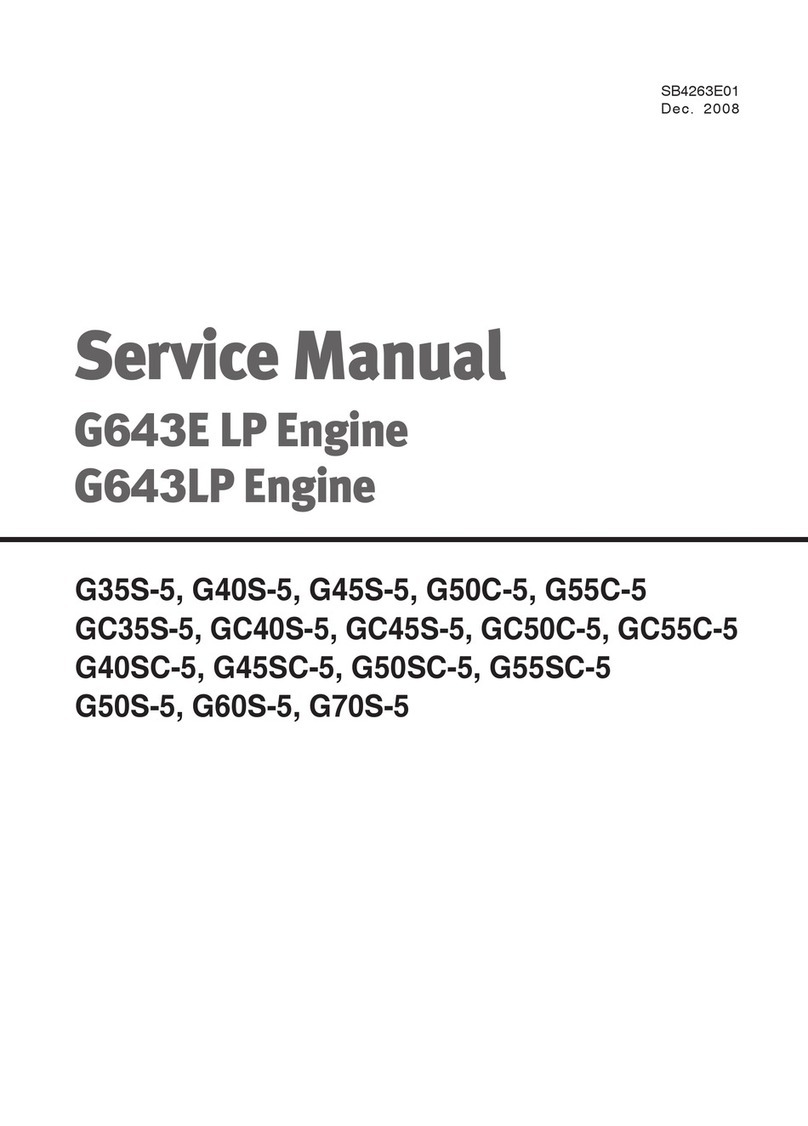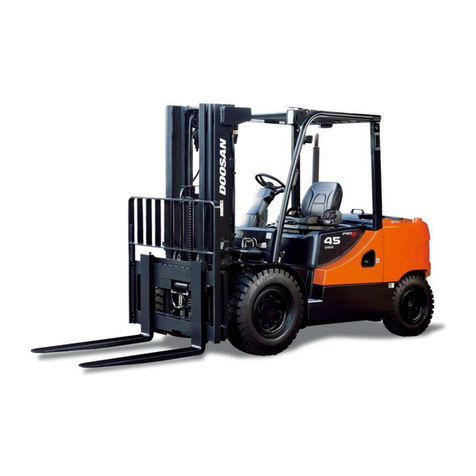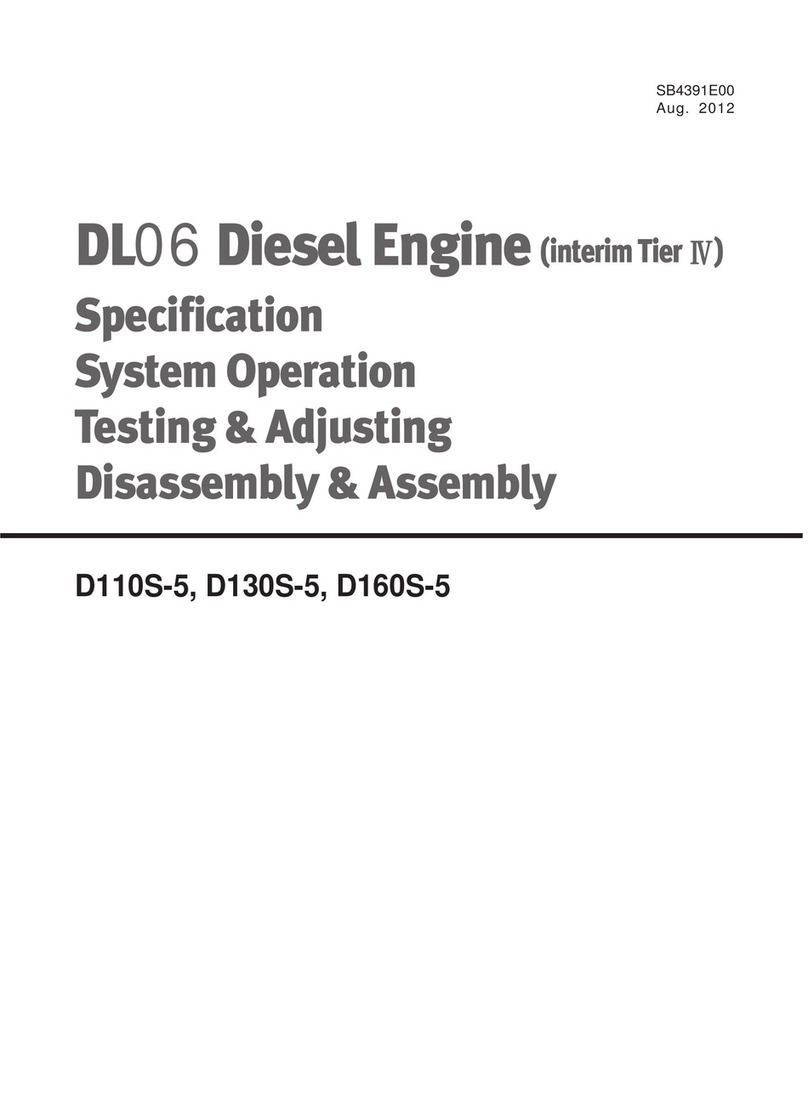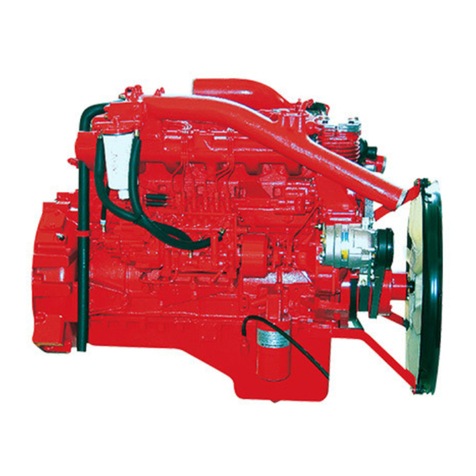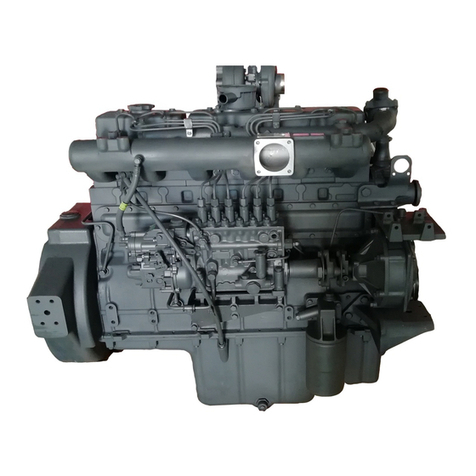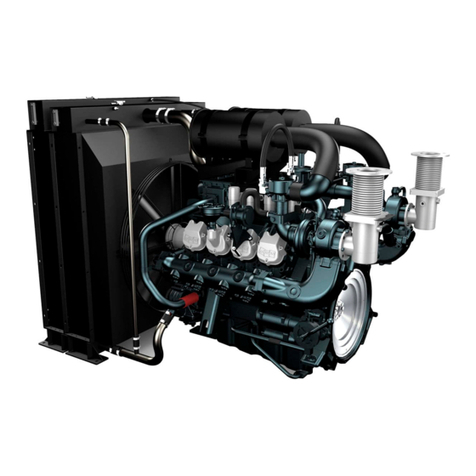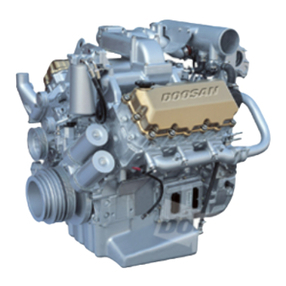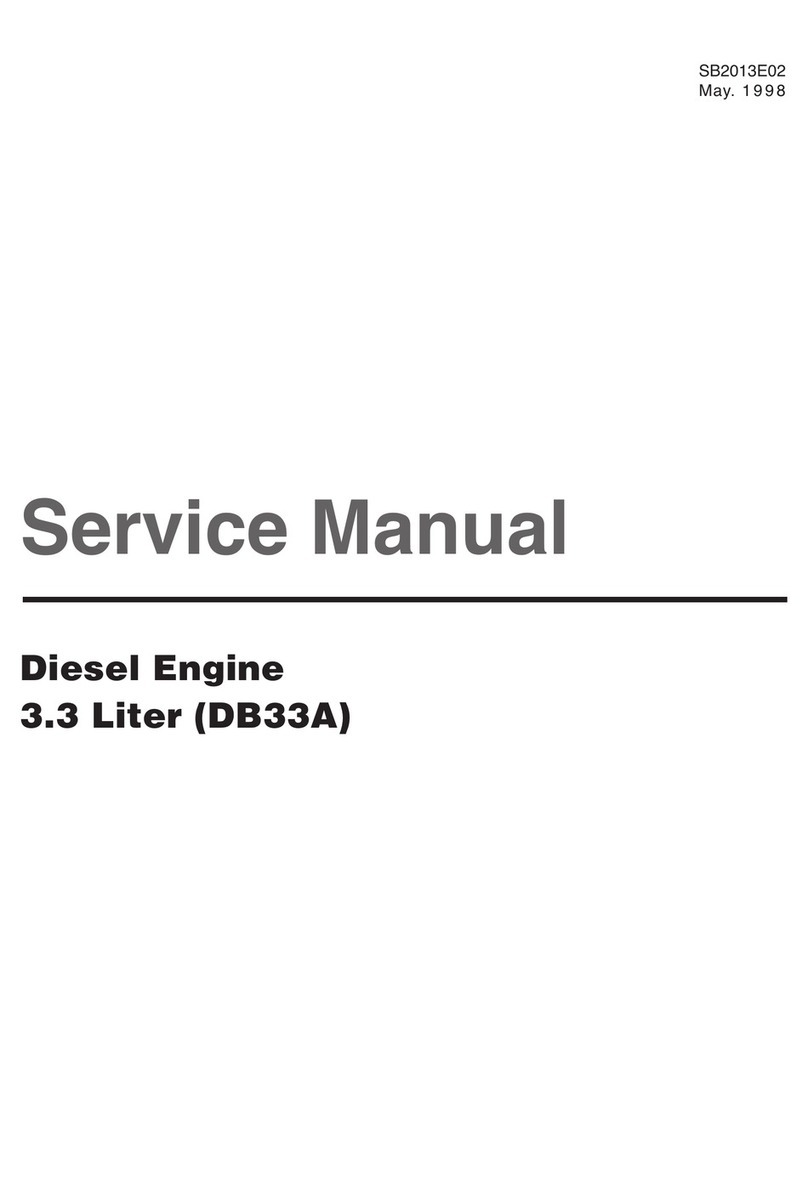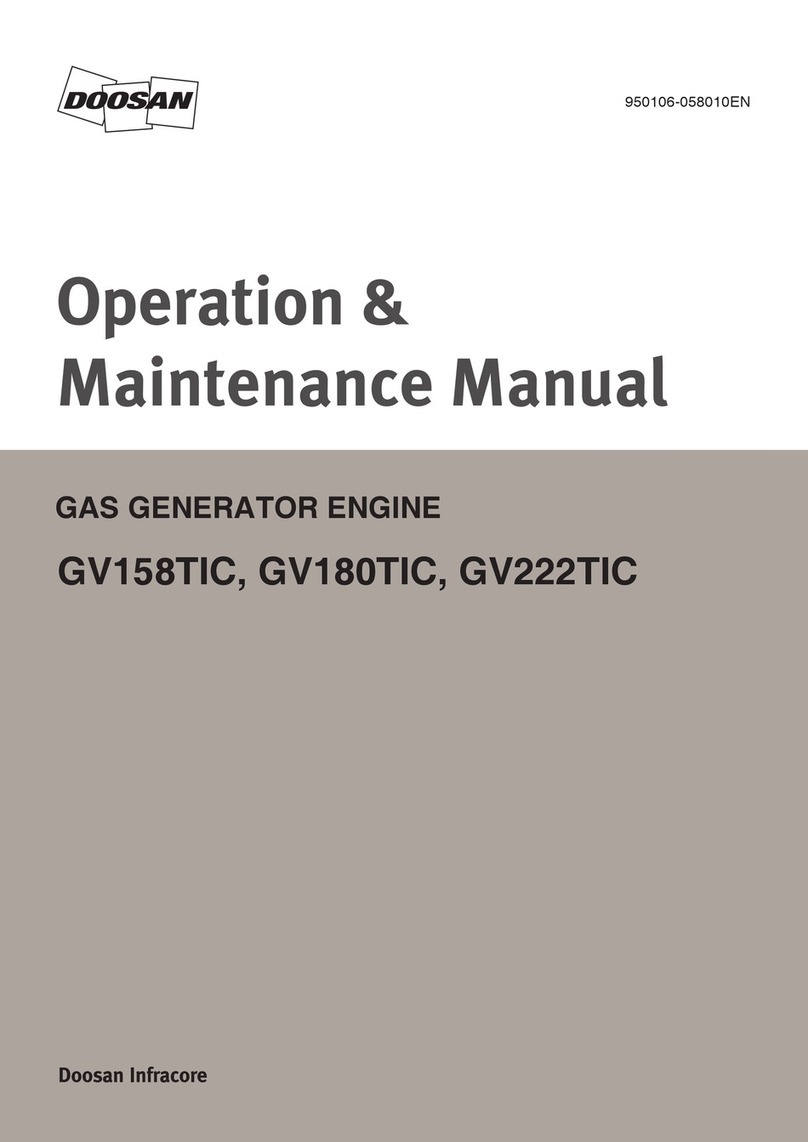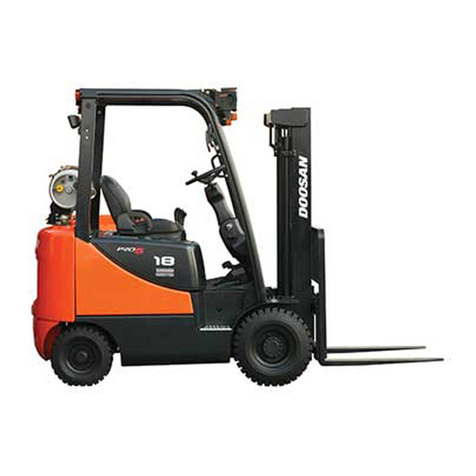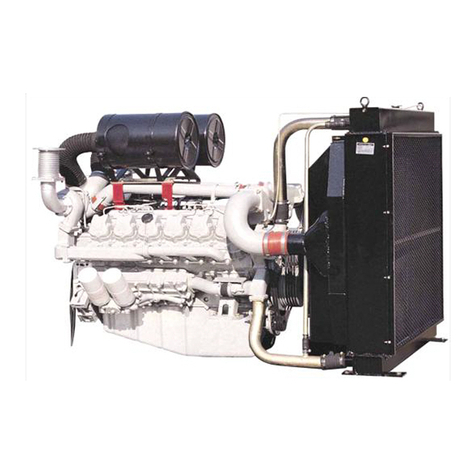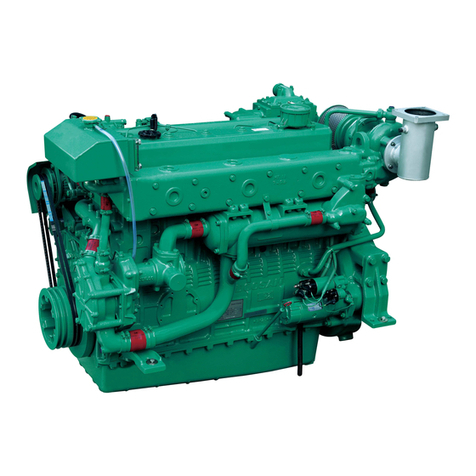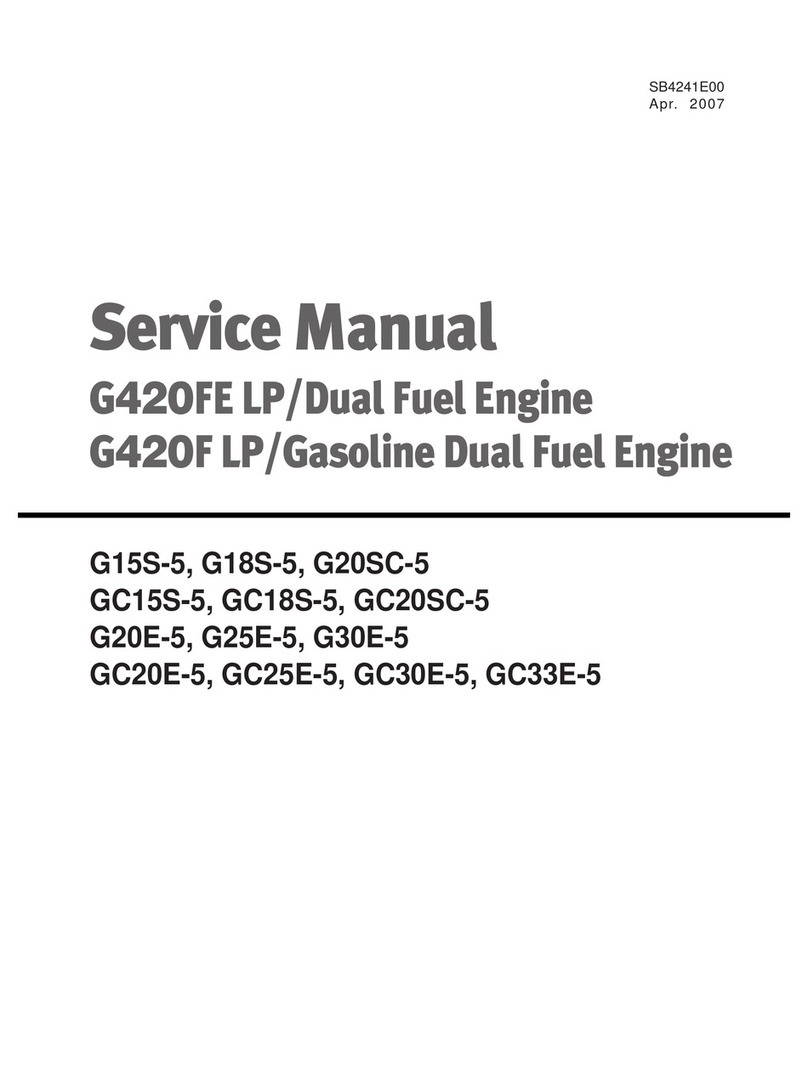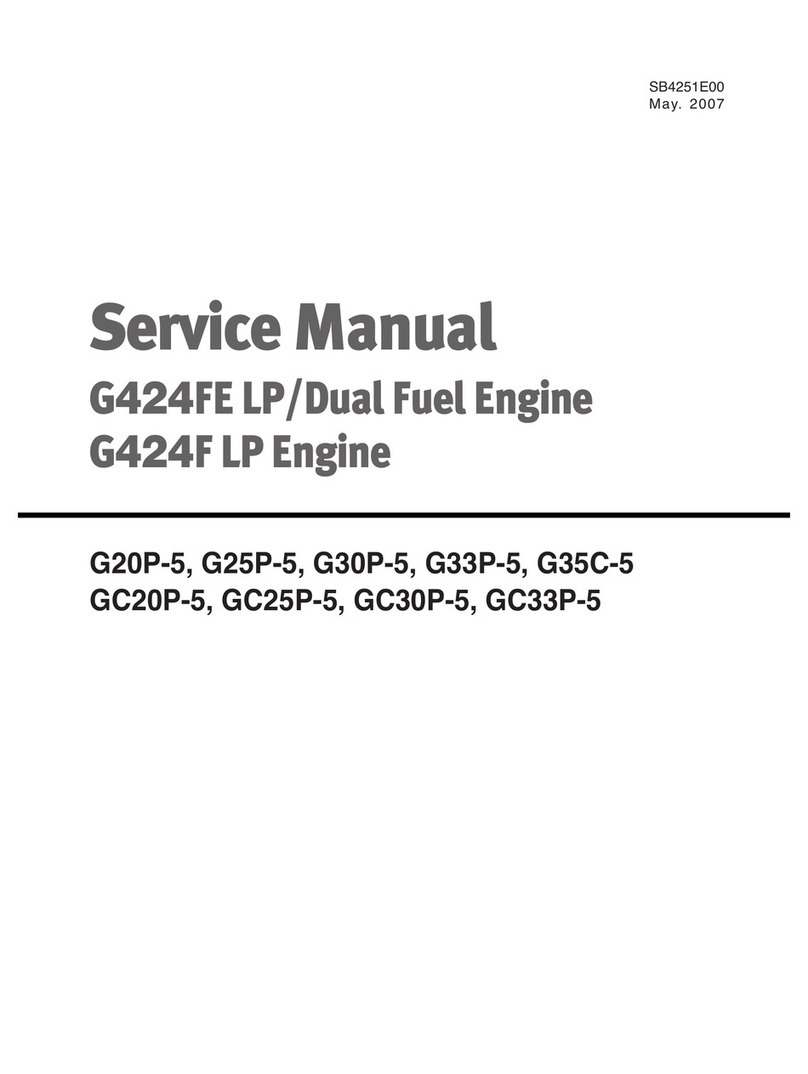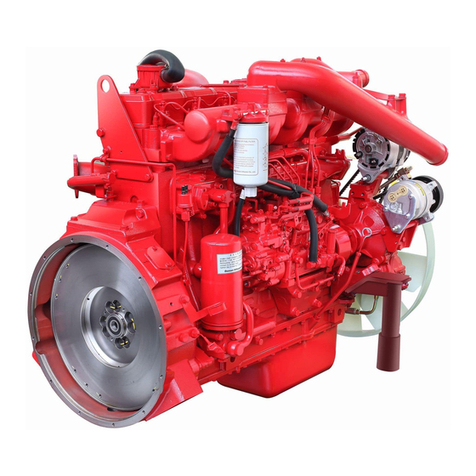
1. General introduction
4
Danger, warning, caution, and note
General Information
This Operation & Maintenance manual divides maintenance
operations such as performing engine checks, trouble-
shooting, or diagnosing faults into three categories,
"Danger," "Warning," and "Caution." In addition, Note) is
used to provide additional descriptions and information
required for maintenance technicians to successfully operate
Doosan engines. The recommended repair methods and
'Danger,' 'Warning,' and 'Caution' can enhance the degree of
completion of engine maintenance and prevent bodily injury
which may occur to workers. However, this manual cannot
predict all possible risks.
Note) Indicates additional description, information, and
references for workers' easy understanding.
General Instructions
1. In order to maintain the best long term performance and
safety, please read and understand this manual and
execute routine inspections and regular inspections.
2. We have divided the content of this manual into causes
of bodily injury and damage to assets and causes of
pollution.
Workers MUST observe instructions, otherwise fatal or
serious injuries to workers and other persons may
occur.
Workers must follow this instruction as failing to do?
so may result in the death or serious bodily harm? of
workers or others.
Workers must observe this instruction since failing to
do so may cause critical faults which can have impact
on the engine performance and operation.
When a safety accident, such as skin contact with
corrosive acids or fuel, burns with hot oil, exposure of
eyes to fuel or antifreeze, occurs while starting,
inspecting, or repairing an engine, see a doctor imme-
diately.
When a safety accident, such as skin contact with
corrosive acids or fuel, burns with hot oil, exposure of
eyes to fuel or antifreeze, occurs while starting,
inspecting, or repairing an engine, see a doctor imme-
diately.
During operating the engine, be careful not to touch the
safety guard of cooling fan. Otherwise, it can cause
serious injuries such as a cutting of fingers to you by
the rotating cooling fan.
During operating the engine, be careful not to touch the
safety guard of v-belt. Otherwise, it can cause serious
injuries such as a cutting of fingers to you by the
rotating v-belt.
V-belt safety guard is an optional item for customers. In
order to prevent accidents, you should install a v-belt
safety guard. If v-belt safety guard is not installed, you
should not access to the engine in operating. The
engine maker won't be responsible for an accidents or
injury arising without an installation of v-belt safety
guard.
